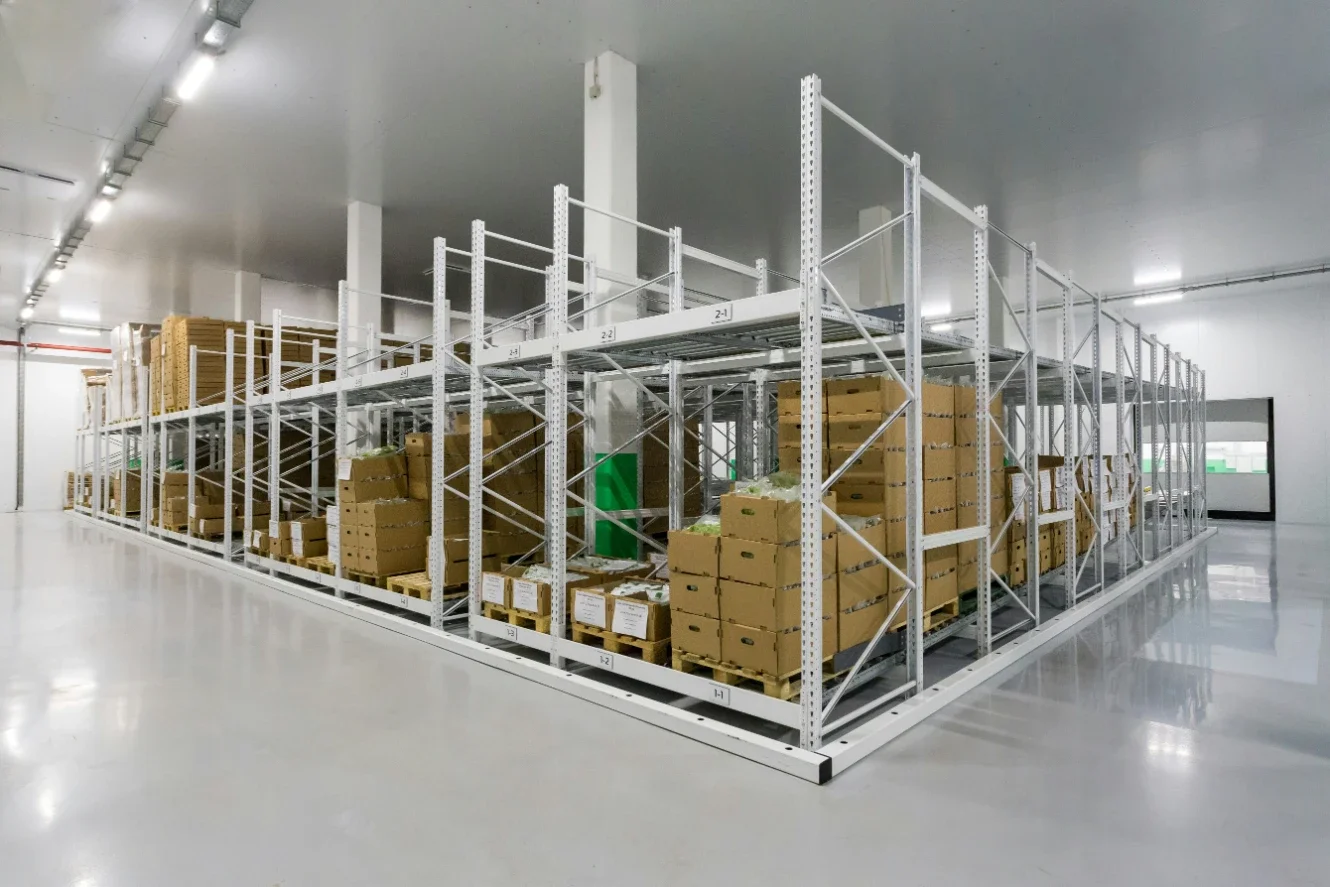Maximizing Space Efficiency in Industrial Facilities
Discover practical strategies to maximize space efficiency in industrial facilities, from layout optimization to smarter storage solutions that improve productivity.
Maximizing space efficiency in industrial facilities is a pivotal aspect of operations. As companies strive to increase productivity while minimizing costs, it becomes really important to leverage every square foot available. Industrial facilities often deal with large volumes of material, equipment, and personnel, making the effective use of space fundamental. Efficient space management enhances workflow and productivity and significantly affects the bottom line. By assessing current practices and implementing innovative strategies, businesses can optimize their space utilization and improve operational efficiency in general.
Understanding the Importance of Space Efficiency
Space efficiency in industrial facilities involves creating layouts and workflows that maximize the utility of available space. An efficient layout minimizes the time and distance traveled by workers and equipment, facilitating quicker responses to production demands. Effective warehouse designs can boost productivity by over 20 percent.
An organized, well-utilized space contributes to improved safety, as potential hazards are reduced when areas are not overcrowded. Understanding the importance of utilizing space effectively is the first step toward implementing meaningful changes.
Innovative Storage Solutions
One of the most impactful ways to maximize space in any facility is through innovative storage solutions. Vertical storage options, such as high-density shelving or pallet racks, can drastically improve storage capacity without requiring additional floor space. These systems allow for greater organization and quick access to materials.
For businesses engaged in e-commerce or high-volume shipping, optimizing storage can lead to faster order fulfillment. Companies that specialize in providing customized warehouse storage systems tailored to specific operational needs, enabling businesses to make better use of vertical space. Such solutions help streamline workflows and enhance storage efficiency.
Implementing Lean Principles
Implementing lean principles is another effective strategy for achieving space efficiency. Lean manufacturing focuses on reducing waste while maintaining productivity, which can significantly free up space. By eliminating delays and unnecessary steps in the workflow, businesses can optimize their processes.
Techniques such as Value Stream Mapping can help identify areas where space is being underutilized or where excess inventory is stored. Through continuous improvement and employee training, companies can foster a culture that prioritizes efficiency and adaptability. Regularly reviewing and adjusting workflows ensures that space utilization evolves alongside changing production demands, maintaining long-term operational effectiveness.
Technology Integration for Better Management
Adopting technology plays a crucial role in maximizing space efficiency. Inventory management systems and warehouse management software enable real-time tracking of materials, reducing the chances of overstocking and misplacement. Technologies such as RFID and barcode scanning streamline inventory control, facilitating better space management.
Data analytics can provide insights into usage patterns, helping businesses adjust their layouts and storage strategies accordingly. This technology-driven approach leads to more informed decision-making, resulting in optimal use of space.
Creating a Flexible Layout
A flexible layout is crucial for adapting to changing operational needs. As production requirements evolve or new products are introduced, facilities may need to alter their spatial arrangements. Implementing modular shelving, movable racks, and adjustable workstations can significantly enhance flexibility.
By allowing for quick adaptations to layouts, businesses can maintain efficiency even when scaling operations. Such flexibility boosts productivity and enhances employee satisfaction as environments can be tailored to suit differing tasks and workflows.
Regular Assessments and Staff Training
Regular assessments of space utilization and workflow processes are vital for continuous improvement. Facilities should routinely analyze their layouts and storage systems to identify inefficiencies. Engaging staff in this process is critical, as their insights can provide invaluable feedback regarding procedures and obstacles they encounter daily.
Investing in staff training ensures that employees are aware of best practices for maintaining space efficiency. Awareness programs can foster a culture of optimization, leading to sustained enhancements in operational workflows.
Benefits of Maximizing Space Efficiency
The benefits of maximizing space efficiency extend beyond mere aesthetics. Improved space utilization can lead to decreased operational costs through reduced energy consumption and better inventory control. A clean and organized space enhances employee morale and productivity while minimizing safety risks.
These advantages contribute to a company's competitiveness and profitability in the long term. Integrating strategies aimed at optimizing space is both advantageous and important for any thriving industrial operation. Efficient use of space also allows for smoother workflow and easier access to materials, further streamlining daily operations and reducing wasted time.
Maximizing space efficiency in industrial facilities is a multifaceted endeavor that requires strategic planning and continuous evaluation. By utilizing innovative storage solutions, implementing lean principles, embracing technological advancements, and fostering a flexible environment, businesses can optimize their space utilization effectively. With the right approach, companies enhance their operational efficiency and position themselves for future growth and success.










